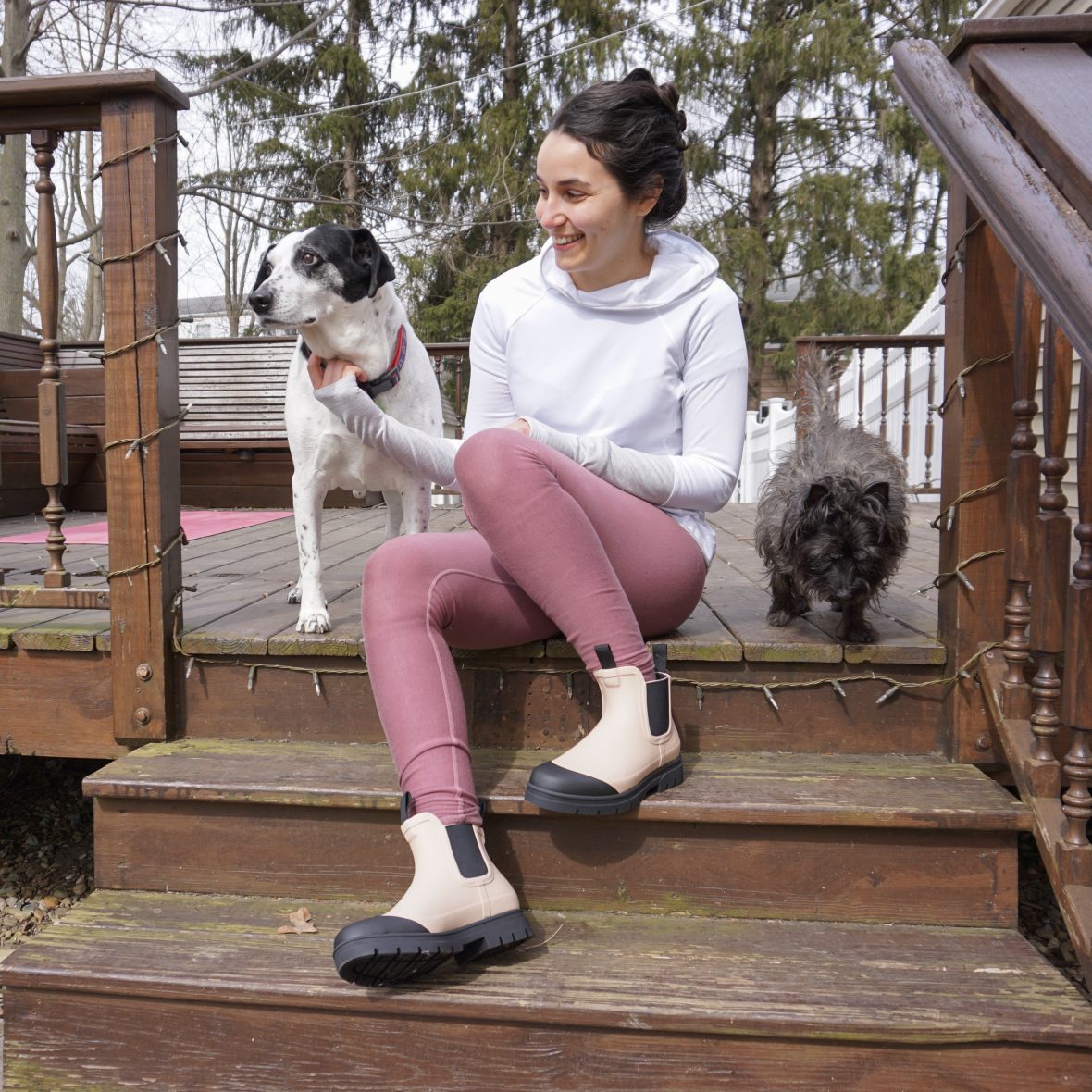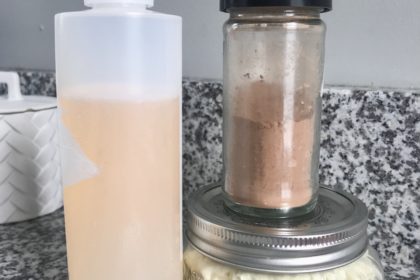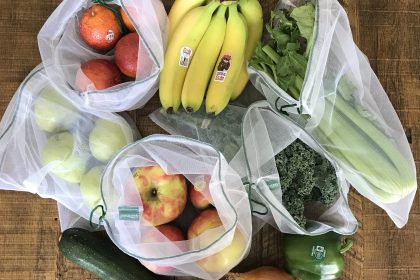Like other topics involving ethics and sustainability, shopping can be a personal subject because it forces you to examine your habits. What this does not mean is getting down on yourself for what you own or getting rid of everything, but rather changing your perspective on future spending. We all have the power to support positive change, especially with how we spend our dollars through what I like to call Proud Purchases.
Redefining a “Good Deal”
In my early 20s, you could find me at The Limited stocking up on God-only-knows-what, all in the name of a “good deal”, like getting nice sweaters or dresses for sometimes $10 or less.
But here’s the sad truth: when brand new clothing is that cheap, someone loses. Whether it’s a person who is not getting fair wages or is working in poor conditions, or the planet which suffers from poor production of fabric and subsequent waste, someone is losing along the way.
Instead of thinking – how can I get the most for the least amount of money, shift to – how can I get the most value. This shift in mindset has redefined what a “good deal” is to me. And this doesn’t mean expensive = a good value, either. But if you are looking at $5 shirt that you will have to replace within, let’s say, two months of wearing, wouldn’t you rather spend the $20 for a shirt that will last you for years to come?

Changing Habits
We first need to determine if it’s something we need or if it’s something we want. If you need it, jump straight to the questions below. If it’s something you want, that’s okay – but let’s give it more thought:
-
- Is it replacing an item?
-
- Can you responsibly get rid of the item it’s replacing or a similar item?
-
- Will this item be able to be worn with several outfits/multiple ways?
- Sleep on it.
Once ready to make a purchase, consider:
-
- Ethically: Does this company have similar values as me? Are they transparent?
- Sustainability: How long will this product last me? Is it of good quality? What type of material is it made of? Can I get this or something similar second-hand?
Avoiding Fast Fashion: Think Long-term
Since I have a capsule wardrobe, most of my pieces are neutral basics that can be mixed-and-matched together. Accessories like cute scarves is where most of my color and patterns come from, but I totally recognize that’s not everyone’s style.
Truly consider the longevity of that trendy-for-now shirt or shoes. If it’s something that you will only wear a three times over a few months, is it worth it? Or is it a piece that truly speaks to you that you know you’ll get a lot of use out of? It’s okay to have some trendy pieces, but aim for a piece you’ll love for years to come.

Supporting Companies You Believe In
This part is really fun because it’s connected me to so many incredible, ethical brands. Of course, there are items in my home and closet that come from stores outside the list below that I’ve loved and used for years. But once your eyes have been open. it’s hard to continue to buy from companies that aren’t transparent.
Some of my favorites:
-
- Prana Vida Style: if you follow me on insta, you know I live in and for these leggings! I could really go on all day.. Not only do I love these babies for their comfort and high quality, I love them because it’s actually a small business that produces with ethically & sustainably sourced fabrics and manufacturing practices. Plus, you can use my code ALEXA15 for 15% off your order!
-
- Toms: donates valuable goods and resources to those in need for each purchase – like shoes, eye care, safe births, and clean water.
-
- Everlane: shows a transparent pricing model + a detailed look into every single factory + dedicated to sustainability (one example being their ReNew line, which makes clothing entirely out of plastic bottles).
- You Swim: taken straight from their site, they put it best… “..being ethical is about doing the right thing. No sweatshops were involved in the making of your swimsuit. … As far as our product goes – it’s made to last.” ‘nough said.
I also really love Madewell (especially their denim recycling program), Summersalt (using recycled materials), and Matt and Nat for sustainably produced handbags.
Check out my favorite home, personal care, and beauty products!
Thrift, Make, Fix or Repurpose
Other amazing options include thrifting – like Poshmark, which allows you to thrift from your couch to buy or sell gently used clothing and accessories. I’ve gotten a few staples off here recently that are in new condition. Not only for a fraction of the cost to buy new, but also the best option from a sustainability perspective. Buying gently used items means they won’t end up in a landfill and reduces the need to produce more.
Fixing or repurposing items are also great sustainable tricks. Simply patch or sew worn out items, take to a local tailor, or cut up to use as cleaning rags, hair wraps – whatever. There are so many ways to get creative with giving new life to old pieces! And if you are especially crafty, you can make your own clothing items – bonus points for using thrifted clothes or fabric!

This goes for the home, too!
Aim for high quality items that offer a great value vs the cheapest. See what you can buy used. Shop locally or support small business – through Etsy you can do so without having to leave the house!
Bottom Line
There is over 16 million tons of textile waste generated in the US, and it continues to grow every year. Every little bit you can do helps to make a difference in reducing that. Less is absolutely more. Changing your shopping habits to focus on what you are proud to own and wear will allow you to make a positive difference for yourself and the world around you, and will save you money, too!





